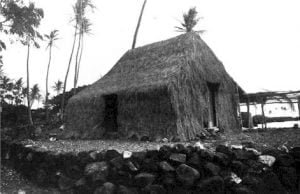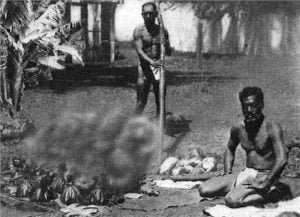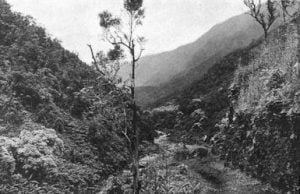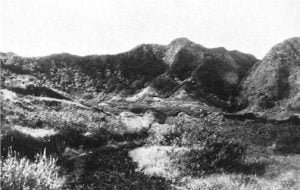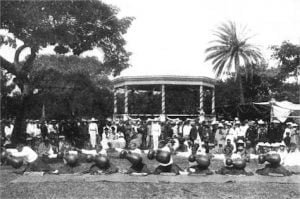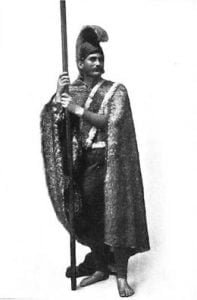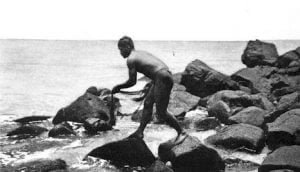Oahunui
By: Mrs. E. M. Nakuina On the plateau lying between Ewa and Waialua, on the island of Oahu, and about a mile off, and mauka of the Kaukonahua bridge, is the historical place called Kukaniloko. This was the ancient birthplace of the Oahu kings and rulers. It was incumbent on all women of the royal line to retire to this place when about to give birth to a child, on pain of forfeiting the rank, privileges, and prerogatives of her expected offspring, should that event happen in a less sacred place. The stones were still standing some years ago, and … Read more


